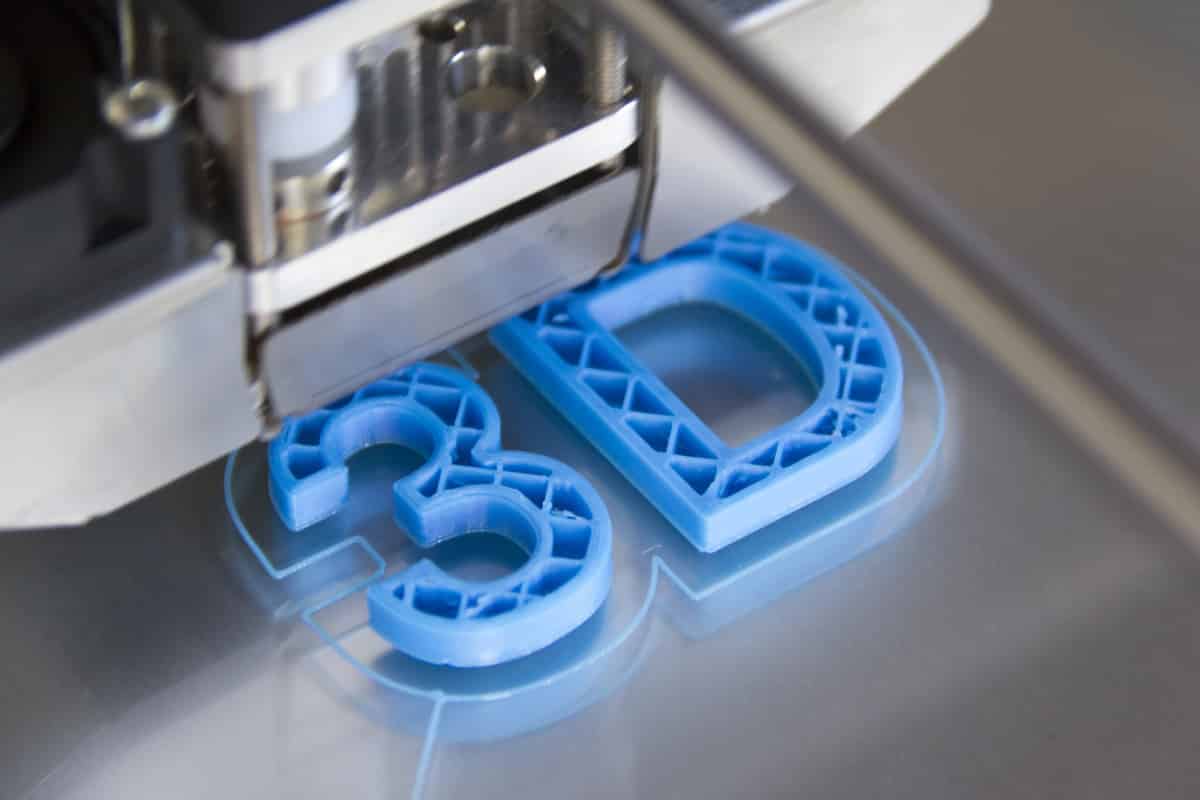In today’s rapidly advancing technological landscape, the integration of machine learning in various industries has become a game-changer. One such industry that stands at the cusp of transformation is printing. Machine learning in print process is a dynamic development that has set new standards for efficiency, precision, and customization.
The printing industry, once dominated by manual operations and human intervention, is now harnessing the power of machine learning. This integration not only streamlines the process but also enhances the quality and output of printed materials. Let’s explore how machine learning is reshaping the printing industry and paving the way for a future where technology and innovation walk hand in hand.

Understanding the Basics of Machine Learning
To appreciate the impact of machine learning in the print process, it’s essential to understand what machine learning entails. In simple terms, machine learning is a type of artificial intelligence that enables systems to learn and improve from experience without being explicitly programmed. This is achieved by using algorithms that detect patterns and insights from vast data sets.
In the context of the printing industry, these algorithms analyze data collected from previous print runs to optimize future outputs. This data-driven approach ensures precision, reduces waste, and enhances overall efficiency.
Benefits of Machine Learning in Printing
1. Enhanced Quality Control
Machine learning algorithms can significantly improve quality control by identifying and correcting errors in real-time. This minimizes wastage and ensures that the final product meets the highest standards of quality.
2. Predictive Maintenance
One of the most remarkable features of integrating machine learning in printing is predictive maintenance. By analyzing data from IoT sensors in printers, potential issues can be identified before they lead to operational failures. This proactive approach reduces downtime and maintenance costs. You can read more about enhanced quality control using IoT.
3. Personalized Printing
Gone are the days of one-size-fits-all printing solutions. With machine learning, companies can now offer personalized printing services tailored to the specific needs of their clients. This is achieved by utilizing large sets of consumer data to predict and cater to individual preferences.
Challenges in Implementing Machine Learning in Print Process
1. Data Security Concerns
While the benefits are plenty, one of the primary concerns in adopting machine learning in printing is data security. As vast amounts of consumer and operational data are collected and analyzed, ensuring its protection from breaches is paramount.
2. Initial Investment Costs
Integrating machine learning solutions requires substantial initial investment in terms of technology and training. Businesses must weigh the costs against the long-term benefits to determine feasibility.
However, through services like smart printer connectivity, companies can gradually integrate these technologies into their existing systems.
3. Skill Gap
Adopting new technologies often presents the challenge of a widening skill gap. Companies investing in machine learning must also focus on upskilling their workforce to ensure a seamless transition and maximum system benefits.
Future Prospects
The future of printing, powered by machine learning, looks promising. Advancements in technology will likely lead to more sophisticated and efficient printing techniques, offering greater customization and productivity. Businesses that embrace these changes early on will be well-positioned to lead in the highly competitive market landscape.
Stay ahead of the curve by exploring how intelligent printing systems can transform your business operations.

FAQs
How does machine learning improve printing efficiency?
Machine learning improves efficiency by analyzing data to optimize print runs, reducing errors, and minimizing waste. It enables predictive maintenance, thus reducing downtime.
Is the initial investment in machine learning worth it?
While initial costs can be high, the long-term benefits of enhanced quality, reduced waste, and increased productivity make it a worthwhile investment for many businesses.
What are the main concerns with introducing machine learning in printing?
Some key concerns include data security, initial costs, and the need for workforce upskilling. Companies must address these challenges to successfully implement the technology.
This article contains affiliate links. We may earn a commission at no extra cost to you.







